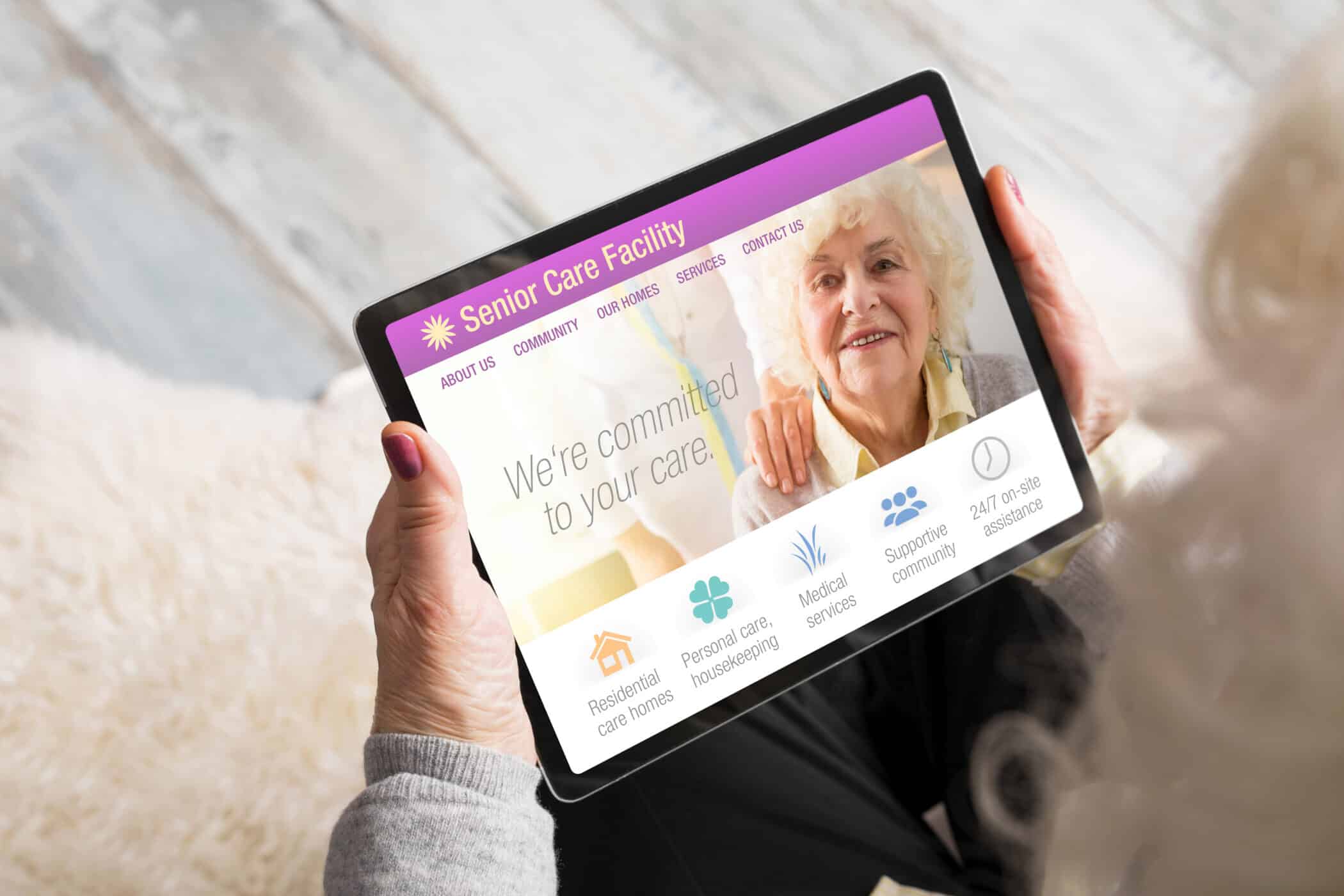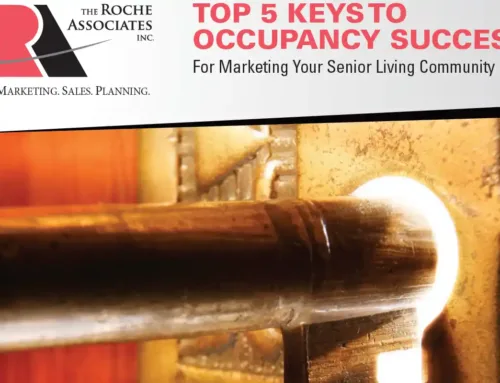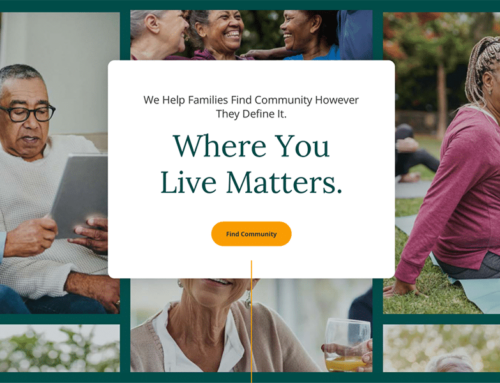In the competitive landscape of senior living marketing, a well-structured content strategy is a fundamental tool for engaging your target audience, establishing authority, and fostering meaningful connections. An effective content strategy goes beyond creating random blog posts; it involves a deliberate plan that aligns with your community’s goals and resonates with seniors and their families. In this article, we’ll delve into the steps for developing a robust senior living content strategy that drives results and supports community growth.
1. Define Your Objectives
Begin by defining clear objectives for your senior living content strategy. Are you aiming to increase occupancy rates, enhance brand awareness, or position your community as a thought leader? Setting specific goals helps guide your content creation efforts toward achieving tangible outcomes.
2. Know Your Audience
Understanding your audience is pivotal in crafting relevant and resonant content. Define your ideal residents and their families. What are their interests, preferences, and pain points? Tailor your content to address their needs, whether it’s informative articles on health and wellness, guides for transitioning to senior living, or stories of community life.
3. Choose Your Content Types
Consider the variety of content types that will best engage your audience. Blog posts, videos, infographics, eBooks, webinars, and social media updates are just a few options. Diversifying your content keeps your audience engaged and allows you to present information in formats that resonate with different learning styles.
4. Map Out the Buyer’s Journey
Understanding the stages potential residents and their families go through before choosing a senior living community is crucial. Map out the buyer’s journey, from awareness to consideration and decision. Develop content that guides them through each stage, addressing their questions and concerns while showcasing your community’s strengths.
5. Keyword Research for SEO
Incorporating search engine optimization (SEO) into your content strategy enhances its visibility. Conduct keyword research to identify relevant search terms in the senior living industry. Incorporate these keywords naturally into your content to improve your community’s chances of ranking higher in search engine results.
6. Create a Content Calendar
A well-organized content calendar ensures consistency and prevents haphazard content creation. Plan out your content topics, formats, and publishing schedule in advance. This approach not only streamlines your efforts but also ensures that your content aligns with upcoming events, holidays, and industry trends.
7. Maintain a Consistent Brand Voice
Consistency in brand voice is vital for a cohesive content strategy. Develop guidelines for your community’s tone, language, and style. Whether it’s a blog post, a social media update, or a video, maintaining a consistent brand voice enhances recognition and builds trust with your audience.
8. Engage and Interact
An effective content strategy doesn’t end with publishing. Engage with your audience through comments, shares, and discussions. Respond to inquiries, address feedback, and encourage conversations around your content. This interaction fosters a sense of community and demonstrates your commitment to audience engagement.
9. Measure and Adjust
Regularly measure the effectiveness of your content strategy using key performance indicators (KPIs) such as website traffic, engagement rates, and conversion rates. Analyze what’s working and what isn’t. Adjust your strategy based on the insights you gather to continuously improve results.
Developing an effective senior living content strategy requires careful planning, audience insights, diverse content formats, SEO optimization, consistent branding, engagement, and data-driven adjustments. A well-executed strategy not only engages and informs your audience but also positions your senior living community as a reliable resource and a caring choice. By aligning your content efforts with your community’s objectives, you can foster meaningful connections, build trust, and drive growth in a dynamic senior living market.





